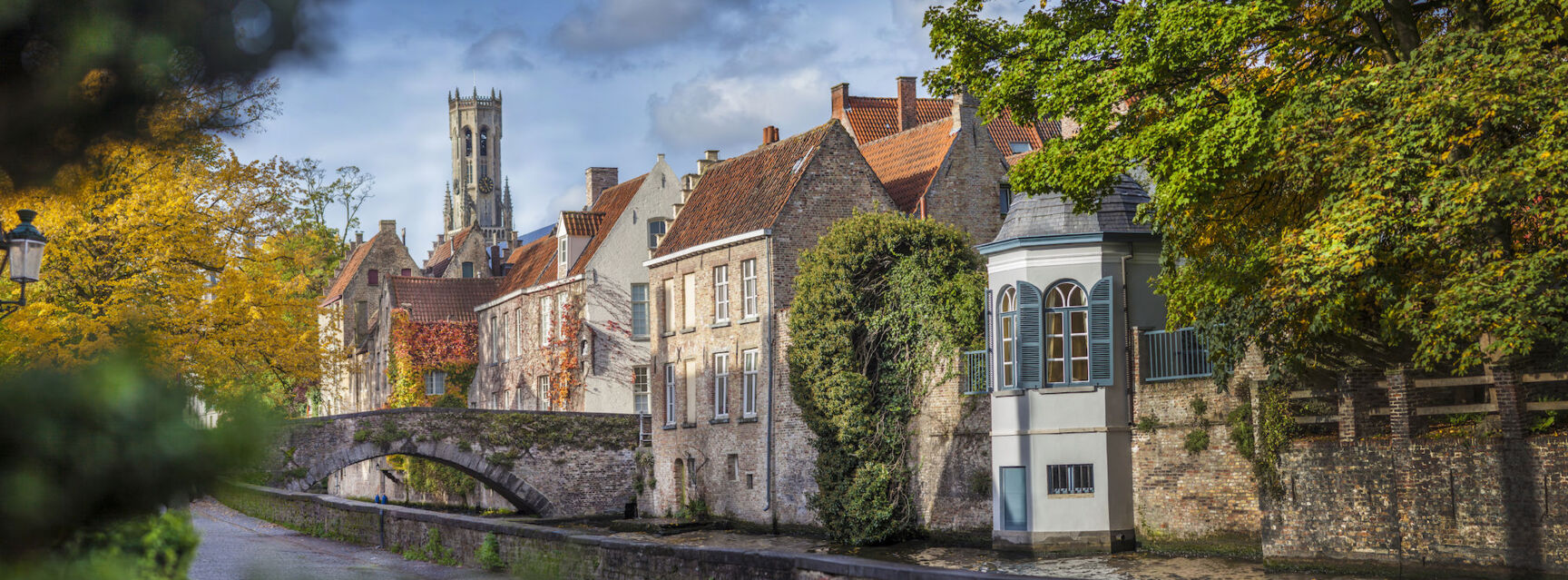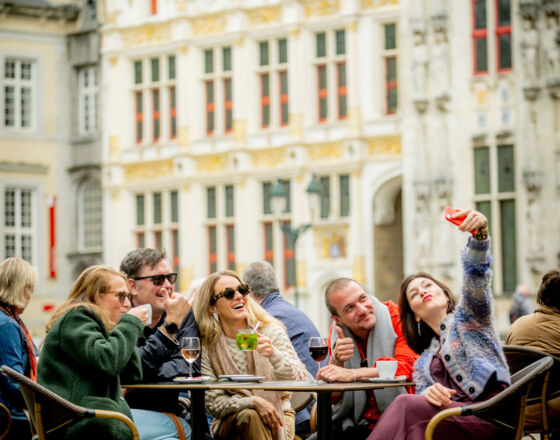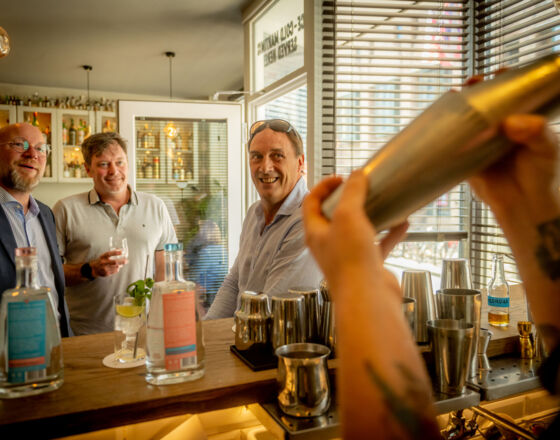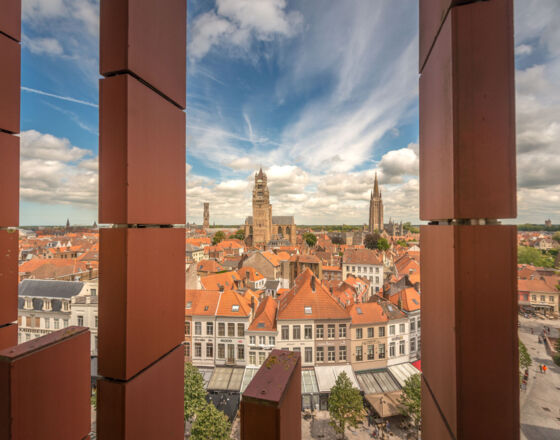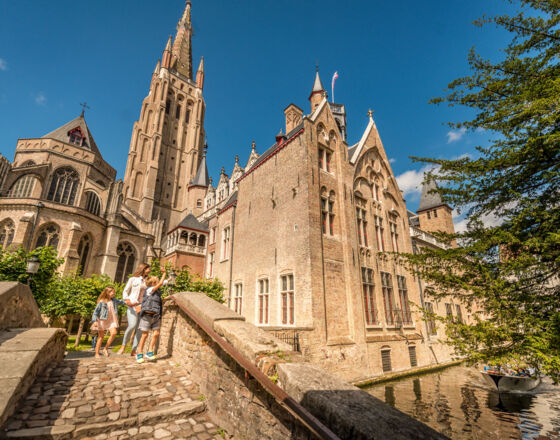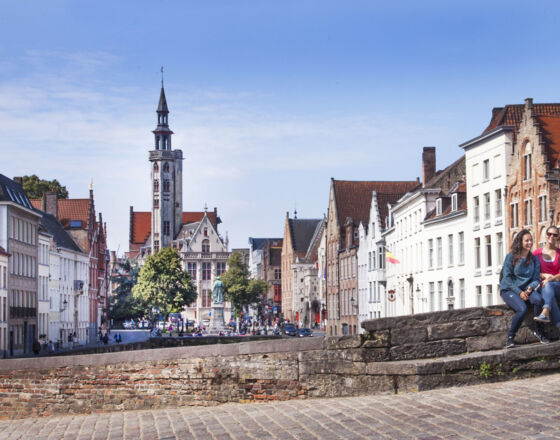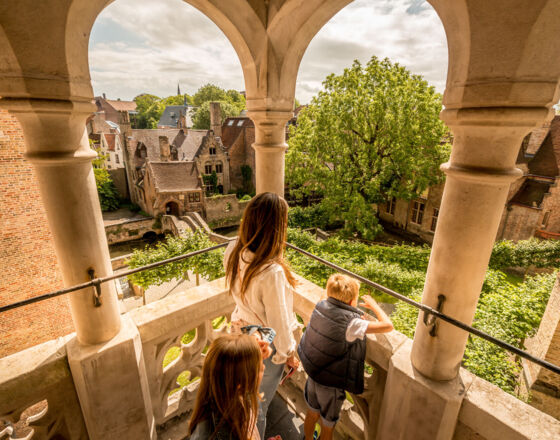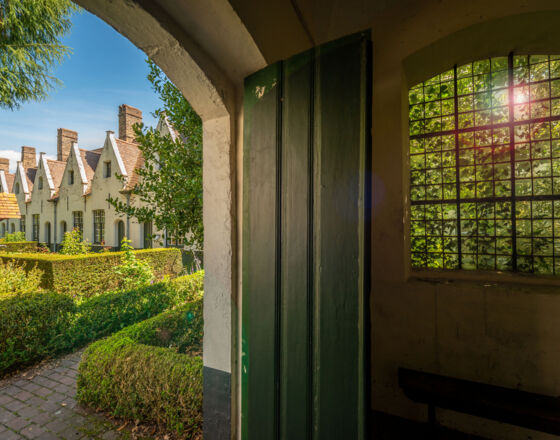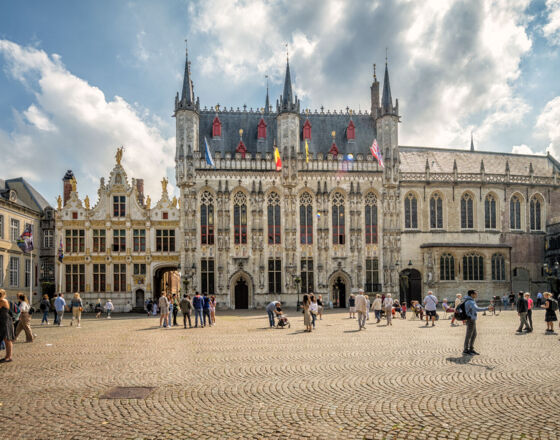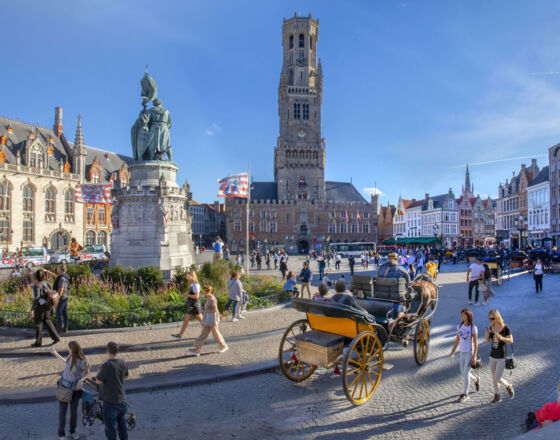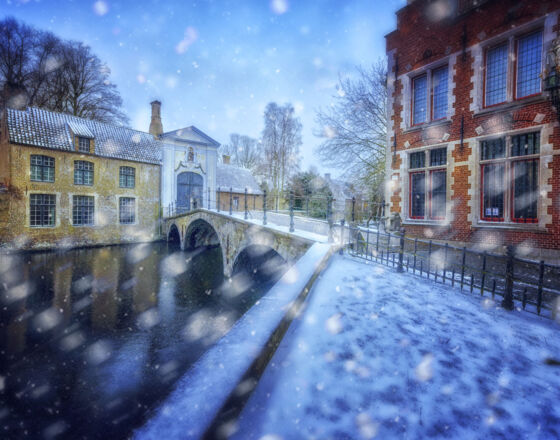Highlights
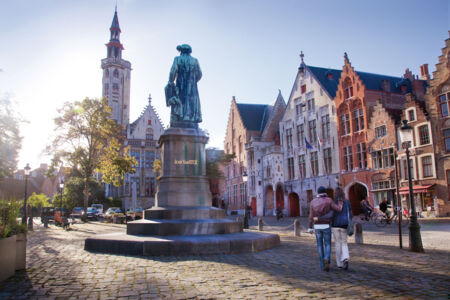
Hansa Quarter
From the 13th to the 15th century, Bruges was an important trading centre at the crossroads between the Hansa cities of Scandinavia, England and Germany (known collectively in those days as the ‘Easterners’) and the most important commercial regions in France, Spain and Italy. The Spanish traders established themselves at Spaanse Loskaai (Spanish Unloading Quay), while the Easterners set up shops on the Oosterlingenplein (Easterners’ Square). Places where you can still feel the atmosphere of days long gone by. And where the Grauwwerkersstraat turns into the Academiestraat, is popularly known as the 'Oude Beursplein' (Old Stock Exchange Square). In the Middle Ages this was the centre of financial transactions, the Wall Street of its time.
Read more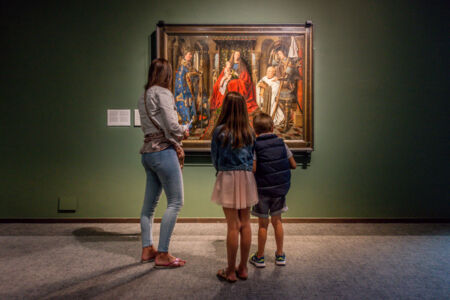
Flemish primitives
During Bruges’ Golden Age, the 15th century, the fine arts prevailed. In the wake of the prestigious Burgundian dynasty, the great Flemish Primitives made a name for themselves. The world-renowned works of Jan Van Eyck, Hans Memling and those of other prominent Flemish Masters can be admired at the Groeninge Museum, St John’s Hospital, St Saviour’s Cathedral, St James’s Church and the Church of Our Lady.
Read more
Gruuthuse Museum
In the museum you can journey through three crucial periods in the history of Bruges. First of all, there is the city’s Burgundian heyday, followed by the previously underexposed period during the 17th and 18th centuries, before finishing with the ‘rediscovery’ of Bruges in the 19th century neo-Gothic style that is so typical of the city today. These three periods are brought to life by more than 600 exhibits, each of which has its own story to tell.
Read more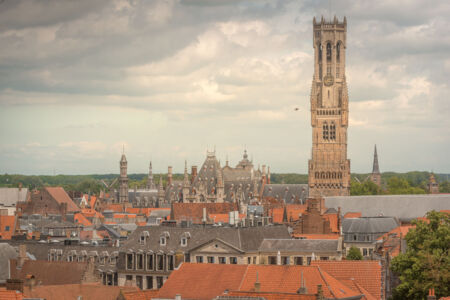
Belfry
The most striking tower in Bruges dates back to the 13th century, is 83 metres high and is protected as a world heritage site. Anyone who climbs all 366 steps will be rewarded with a stunning view over the city and its surroundings. On your way up, you can stop off at the treasury, which held the city’s charters, seals and coffers during the Middle Ages. A few steps further on you will see the impressive music drum that operates the carillon and the keyboard used by the city carilloneur to play the tower’s 47 carillon bells.
Read more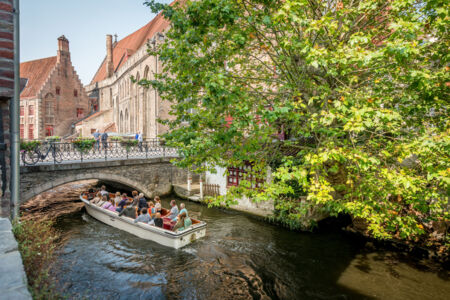
Boat trip
A visit to Bruges is not complete without a boat trip on the Bruges canals, the arteries of the city. Accompanied by swans floating alongside you on the water, you will discover Bruges from a surprising perspective, because some things you can only see from the water! For half an hour, the captain will take you on a tour of the most beautiful spots on the water between Jan van Eyck Square and the Beguinage.
Read moreContact
Information office Markt (Historium), Markt 1
Information office 't Zand (Concertgebouw), 't Zand 34
Information office Stationsplein (Station), Stationsplein
+32 (0)50 44 46 46 / 0032 50 44 46 46
visitbruges@brugge.be
Travel options
Important hubs: Brussels Airport (100km), Brussel South Charleroi Airport (160km), Ostend-Bruges Airport (33km), Brussels-South Station (100km) and Zeebrugge seaport.
Every day, there are from one to four direct services each hour between Bruges and the important train junctions at Antwerp, Ghent, Hasselt, Leuven and Brussels. Brussels-South Station (Brussel-Zuid/-Bruxelles-Midi) is the Belgian hub for international rail traffic.
Various coach companies operate bus services to Bruges from the main international transport hubs and from cities abroad, including London, Amsterdam, Paris, Dortmund and Frankfurt.

